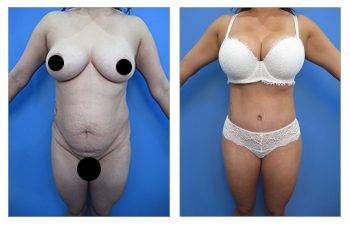
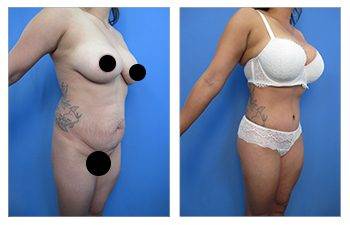
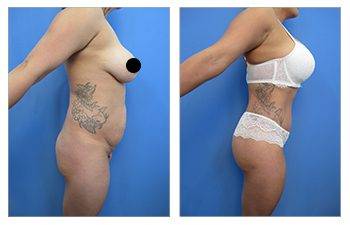
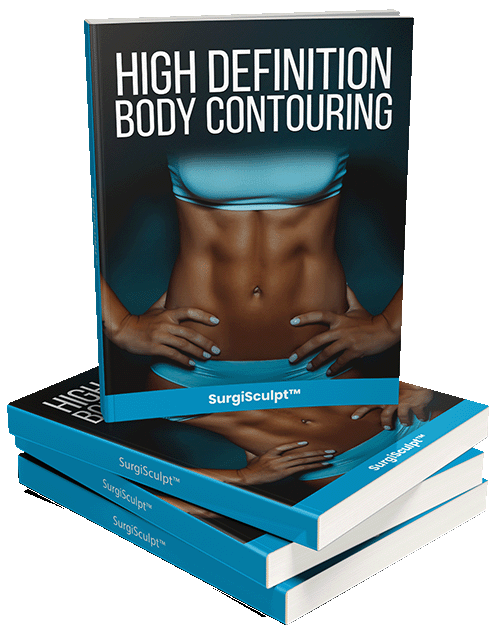
Deciding on your cosmetic procedure can be confusing, so here is everything you need to know about tummy tuck surgery. Tummy Tuck Surgery is a cosmetic and possibly functional surgery also known as an abdominoplasty that has four common variations. The tummy tuck variations include:
- Mini tummy tuck
- Reverse tummy tuck
- Full tummy tuck
- Modified abdominal skin resection
These four variations of tummy tuck surgery may include:
- Liposuction or direct excision of abdominal fat
- Excision of redundant skin
- Repairing and tightening separation of abdominal muscles
The end goal is to provide clients a flat stomach. This means removing undesirable skin that might be redundant or have poor texture. In addition, a tummy tuck can eliminate fat by either direct excision when cutting the skin or in some circumstances when liposuction can be applied. Your plastic surgeon may use liposculpture to unveil highlights of the abdominal muscles.
Clients considering tummy tuck surgery will universally question which tummy tuck variation is best for them. This article is to give you a basic understanding of everything you need to know about tummy tuck surgery. When you meet with prospective surgeons, you can use this article to help make decisions about your tummy tuck surgery.
Types of Tummy Tucks
The needs of patients vary. Your plastic surgeon should personalize your tummy tuck surgery for the best results. The same procedure does not apply to all patients. Naturally, patients want to achieve the best overall results with minimal / well-placed scaring. You and your surgeon will look at the three types of tummy tucks and focus on the one that gives you the results that fit your goals.
Mini Tummy Tuck
The mini tummy tuck, also known as a partial tummy tuck, limits undermining to below the belly button thus only targeting the excess skin below the belly button. Its main disadvantage is that it cannot address any abdominal muscle weakness. Inability to address muscle weakness stems from the fact that undermining is limited to below the belly button. This procedure does not expose the muscles, so your plastic surgeon cannot tighten them. In contrast, an advantage of the mini tummy tuck is it can treat the entire abdomen with liposuction in order to remove undesirable fat. For patients that desire sculpting, the procedure may employ liposculpture to unveil underlying abdominal musculature.
The incision is generally shorter than a full tummy tuck since less lower abdominal skin is removed. If excess skin is limited to flab below the navel and there is no muscle weakness, then a mini tummy tuck is the ideal belly contouring procedure.
Reverse Tummy Tuck
A reverse tummy tuck is another partial abdominoplasty. Plastic surgeons typically reserve this procedure for patients that have isolated skin excess over the upper abdomen. It utilizes two separate incisions that your surgeon strategically places under the inframammary crease. These incisions are used to remove unwanted skin over the upper abdomen. Interestingly, if you have minimal to moderate abdominal muscle laxity, you may use this approach to minimally tighten the upper abdominal musculature. However, this approach does not allow for tightening of the entire abdominal musculature. An advantage of this procedure is to allow for liposuction of the upper and middle abdominal skin located above the belly button.
Full Tummy Tuck
Also known as the traditional tummy tuck, this is the procedure of choice for patients who have experienced significant weight gain and then loss or following multiple pregnancies. Patients desiring a full tummy tuck usually present with generalized redundant skin that extends above and below the bellybutton. Some patients may also have skin texture that has become compromised, called stretch marks, that is typically located below or around the belly button.
In this type of abdominoplasty, an incision is made below the bikini line from hip to hip, although the amount of skin being removed determined the incision length. Another advantage of the full tummy tuck, is it can tighten the entire abdominal muscle, much like a corset. The only disadvantage of the full tummy tuck is that liposuction cannot treat the abdominal skin. If you desire liposuction, then you should consider a second stage surgery, at least six months following the original surgery.
A second incision around the navel is necessary to remove excess skin from the upper abdomen. The mark of a great surgeon is to ensure the belly button is in its correct position on the abdomen and that its shape is natural. We utilize the proprietary umbilicator which helps identify and inset the new belly button.
Modified Abdominal Skin Resection
The modified abdominal skin resection is a unique, proprietary abdominal surgery that was created by SurgiSculpt consultants to allow for maximal resection of the abdominal skin while allowing for simultaneous liposculpture. The results are superior when chosen for the patient who has extensive redundant skin but wishes to have muscle highlights in a single surgery. The only disadvantage remains that the abdominal muscles cannot be tightened. Another restriction for undergoing the modified abdominal skin resection is the need for an inferiorly positioned belly button.
Everything You Need to Know About Tummy Tuck Surgery Conclusion?
In summary, tummy tuck surgery is a cosmetic surgery intended to remove excess skin and abdominal fat. In some cases, the abdominal muscles are tightened to correct muscle diastasis. Expert surgeons can also «snatch» the waistline for female patients to give them 3D shaping vs conventional tummy tucks that can make you more square. «Snatching» makes the waistline narrower and the curves more exaggerated.
No More Stretch Marks
Tummy tuck surgery (abdominoplasty) is one of the five most popular cosmetic surgery procedures performed. Its popularity is due to its effectiveness in shaping the abdomen. Still, the procedure offers additional benefits, such as eliminating unwanted skin and smoothing the appearance of the skin that has lost its luster. A frequently asked questions is, “Will a tummy tuck get rid of stretch marks?” No amount of exercise or non-invasive treatments can restore skin that is riddled with stretch marks. When your surgeon does tummy tuck surgery, these undesirable skin changes are noticeable.
What Will Happen During Your Tummy Tuck Consultation?
During your tummy tuck consultation, your surgeon will examine the condition of abdominal skin, how much fat to remove, and the integrity of the underlying muscles. This will help determine which tummy tuck option is ideal. One of the main examination maneuvers is intended to assess whether the gut fat is going to allow for the muscle repair to be performed successfully. To be able to tighten the muscles effectively, there must be enough slack in the gut to allow for muscle tightening. When the gut is full and the belly is taut, then patients will have to delay surgery until diet and exercise eliminates the gut fat.
Recovery After a Tummy Tuck
Although abdominoplasty is a common surgery, it has risks, side effects, and complications. It is vital that you understand the risks and follow the surgeon’s preoperative and postoperative instructions.
During the first two weeks of recovery, patients must avoid physical activity. Your plastic surgeon will place a compression garment around the torso to avoid swelling and accumulation of fluid. Yet, flexing of the calves and walking gently are necessary to avoid development of a deep vein thrombosis. Deep vein thrombosis (DVT) is a rare but detrimental consequence that patients must avoid. This is because tummy tuck surgery more than any other cosmetic surgery, is most susceptible to deep vein thrombosis.
How Much Does a Tummy Tuck Cost?
The cost of Tummy Tuck or abdominoplasty can vary greatly depending on the following:
- Demand for and experience of the surgeon
- The choice of tummy tuck surgery chosen
- The complexity of the surgery planned
- The size of the patient
Tummy tuck surgery cost has a broad range. Some surgeries are longer and require more skill. According to the Society of Plastic Surgeons, surgeons’ fees average from $4,000 to $8,000. This estimate does not include anesthesia, facility expense, medications, and other fees like massages and garments.
